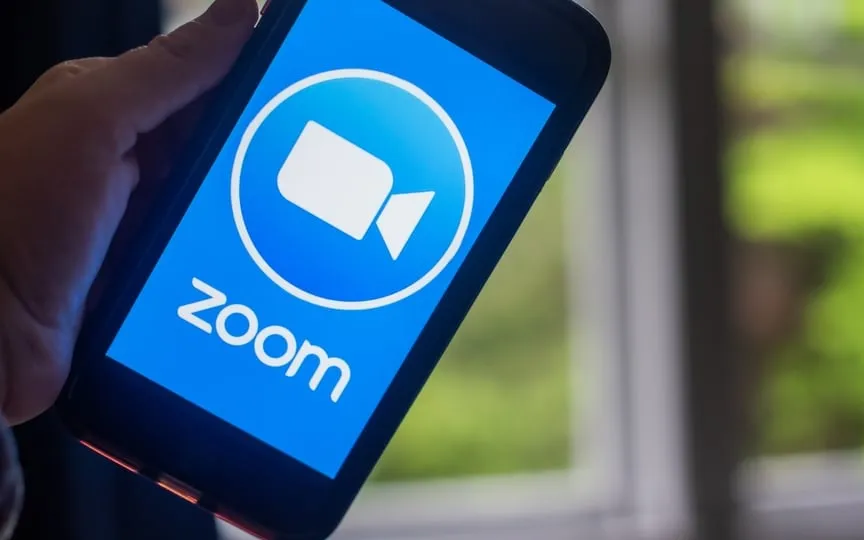Research Explains Why We Still Wave at Each Other on Video Calls
At the conclusion of the majority of virtual meetings, a common occurrence takes place: an individual initiates a farewell gesture, prompting their colleagues to do the same. The persistence of this behavior, even after remote work became widely adopted almost four years ago, remains an enigma within the contemporary work environment.
For some experts in human behavior and communication, the so-called “Zoom wave” emerged because we needed to recreate the social connections broken by the pandemic. For others, it’s a simple way to let them know the meeting is over before they leave digitally. Some wave just to be polite, others enjoy it. Whatever the reason, it’s as much a telecommuting rite of passage as sweatpants with a business-friendly top (known as the “Zoom mullet”).
“I’m a big fan of the wave,” said Erica Keswin, a workplace strategist and author. “People want to know when something starts and ends. These beginnings and endings are what I call “first ritual properties,” and rituals give us a sense of belonging and connection.
He is not alone. A survey this month by professional network Fishbowl found that 55% of workers wave. That’s down from 57% who said they did so last year in a survey by Zoom Video Communications Inc., and three in four who said so in 2021. A gradual decline as the pandemic recedes and millions of workers return to the office. , doesn’t surprise Susan Wagner Cook, an assistant professor in the University of Iowa’s Department of Psychological and Brain Sciences and director of the school’s Communication, Cognition and Learning Lab.
“When people’s need to connect decreases, they’re less likely to wave,” said Cook, who has spent years studying why and how people use hand gestures — from a friendly wave to an unfriendly middle finger — to communicate and connect.
However, Cook and other experts do not foresee the wave disappearing completely. One big reason is the so-called “motor resonance” – when a person waves, it is almost automatic to wave back. Several social psychological studies show that we are more likely to be empathetic and cooperative with people with whom we have synchronized movements, and empathy and teamwork were what many organizations tried to instill during the stressful days of the Covid-19 lockdowns.
“In a video call, the last impression is as important as the first impression, and waving sends a signal that others can feel safe in our presence,” said Darren Murph, a hybrid work advisor who now handles strategic communications at automaker Ford Motor Co.
According to Jesper Aagaard, assistant professor of psychology and behavioral sciences at Aarhus University in Denmark, the dynamics of virtual and in-person meetings also play a role in the wave. After a face-to-face meeting, there is a so-called intermission period where people linger and chat while walking out together. But video calls end abruptly, so we have to say goodbye at once. “This in turn gives an exaggerated and cartoonish quality to the Zoom wave,” Aagaard said.
The awkwardness of the wave makes some people cringe, but if they don’t wave, employees run the risk of being rude. “It bothers me when I wave and people don’t wave back,” says Molly Beck, founder and CEO of business communication software maker WorkPerfectly. “I would compare it to when you hold the door for someone and they don’t say thank you.”
In other words, Cook said, the cultural cost of being perceived as impolite “emphasizes this momentary feeling of, ‘Am I weird?'”
Some employees are conditional. Cali Williams Yost, a flexible working strategist, says she’s waved at new contacts while zooming in, almost as a “nice to meet” gesture. But if it’s the same group every week, “rarely does anyone wave, including me.” For others, it’s the type of wave that matters. “I recommend a fast wave, like the other car is letting you go first at a busy intersection, I don’t slow the wave if you’re in a parade,” Beck said. And while he waves with one hand, Beck leaves the call with the other.
“It’s a bit awkward, aggressively corny, and serves no purpose other than to sincerely acknowledge the other participants on the call,” editor Justin Pot wrote in a blog post about Zoom waves on the website of Zapier, a maker of fully remote business software. whose staff often use the Zoom wave. “But that’s why it’s great. Nobody should feel bad about doing it.”
Not everyone agrees, but workers aren’t likely to say goodbye to the Zoom wave anytime soon.
“People adapt to media, and some of the habits that evolved to manage the oddities of video conferencing have survived,” said Jeremy Bailenson, founding director of Stanford University’s Virtual Human Interaction Lab, which has studied another telecommuting phenomenon, Zoom fatigue. exhaustion suffered from video conferencing all day. “The long wave may be with us for a while.”




